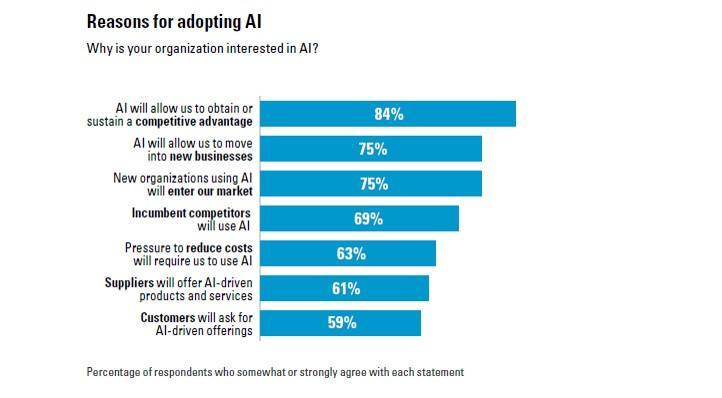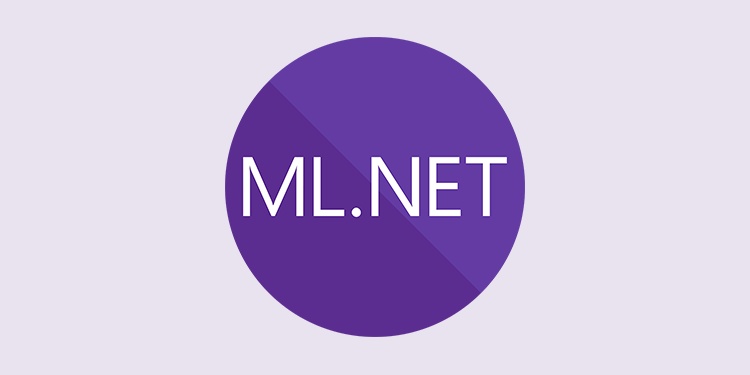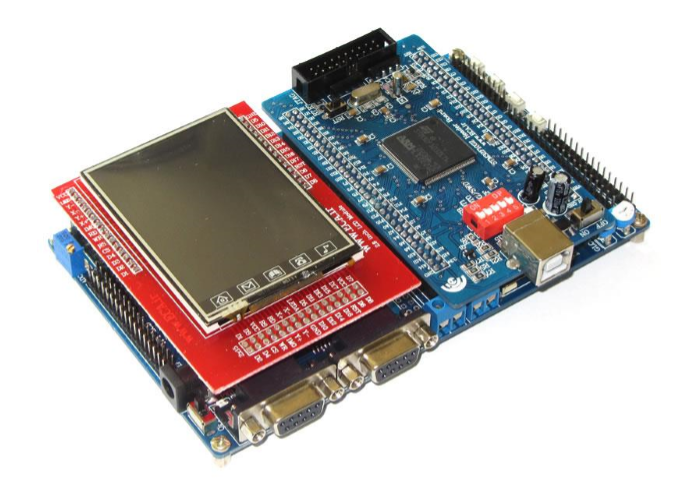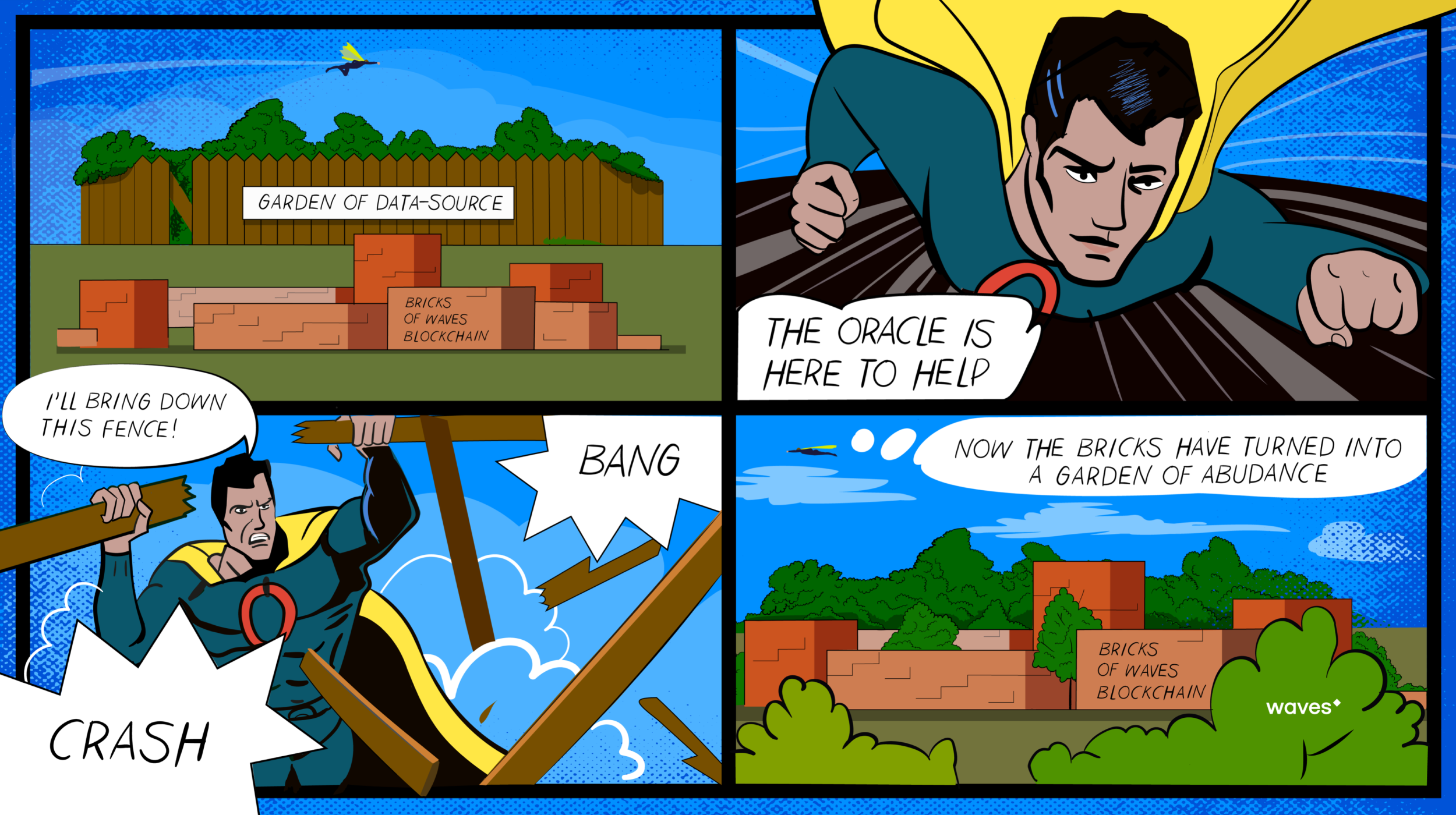Earlier this year, we extended our ML model training capabilities beyond our initial Github trained base model to enable you to personalize your IntelliCode completion suggestions by creating team models trained on your own code.



In the first part we have deployed a simple dynamic CDN for broadcasting WebRTC streams to two continents and have proved on the example of a countdown timer that the latency in this kind of CDN is actually low.
However, besides low latency, it is important to provide good broadcast quality to users. After all, this is what they are paying for. In real life the channels between Edge servers and users can differ in bandwidth capacity and quality. For example, we are publishing a 720p stream at 2 Mbps, the user is playing it on an Android phone using 3G connection in an unstable signal reception area and the 360p maximum resolution that provides smooth picture at 400 Mbps is 360p.

Having analyzed earlier the capacity of standard server configurations in Digital Ocean in terms of WebRTC streaming, we have noticed that one server can cover up to 2000 viewers. In real life, cases when one server is insufficient are not uncommon.
Assume gambling amateurs in Germany are watching real-time horse races in Australia. Given that horse races are not only a sports game but also imply big gains on condition that field bets are made at the right time, the video has to be delivered with lowest possible latency.
Another example: A global corporation, one of FCMG market leaders with subsidiaries in Europe, Russia and Southeast Asia, is organizing sales manager training webinars with live streaming from the headquarters in the Mediterranean. The viewers must be able to see and hear the presenter in real time.





Developed by Ehsan Shaghaei
Innopolis University
AHURATUS Scientific Club.

AHURATUS Smart Home Voice Assistant is an IOT device developed in order to control other home devices by voice detection. Note: This device is made ONLY for academic purposes.
"AHURATUS Smart Home Voice Assistant" uses an ARM Cortex-M3 process for running the instructions as well as several peripheral devices in order to decrease the complexity of data bus and RF-Circuit calculations.

This time, we're going to dive in the ups and downs of IoT development with a step-by-step tutorial. Real-life example, no theoretical "maybes", and lots of experience included. Quick references to related articles as a bonus.







This is an official tutorial published earlier on Ontology Medium blog
Excited to publish it for Habr readers. Feel free to ask any related questions and suggest a better format for tutorial materials